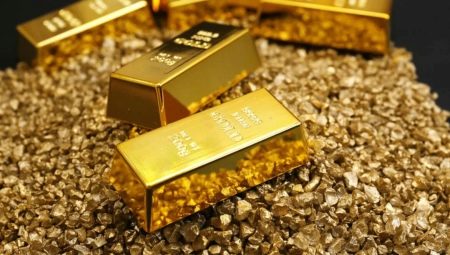In jewelry production, the use of precious metals in their pure form is not always advisable, because many of them are not hard enough and wear-resistant. To correct the situation, it is customary to add other metals in them, creating alloys.
As for gold, some doctors are of the opinion that it has healing properties, while esotericists attribute mystical characteristics to it. Be that as it may, different metals have long been mixed with pure gold, as a result of which various alloys have arisen.
What is ligature gold?
Pure gold is a soft yellow metal, its hardness can be compared with the hardness of a nail, and therefore jewelry and any items made of pure gold are difficult to imagine in everyday life, they would be too fragile.
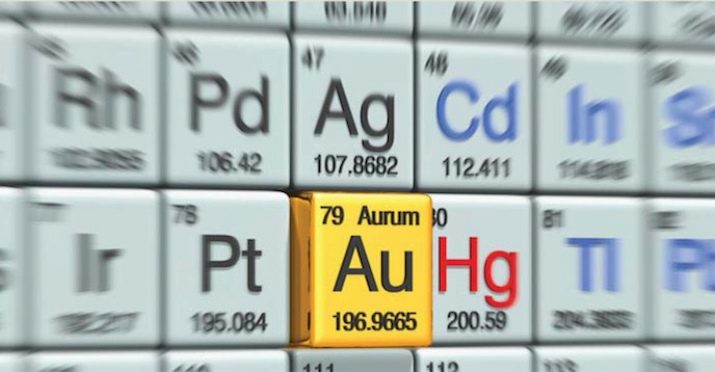
Ligature gold is an alloy of pure metal with other elements. Most often, silver, platinum, copper, cadmium and other elements are added to gold, on which the final shade of the metal and its properties largely depend.
Under normal conditions, gold is practically not oxidized, as a result of which scientists attribute it to noble metals, and, therefore, to one of the most expensive and sought-after.
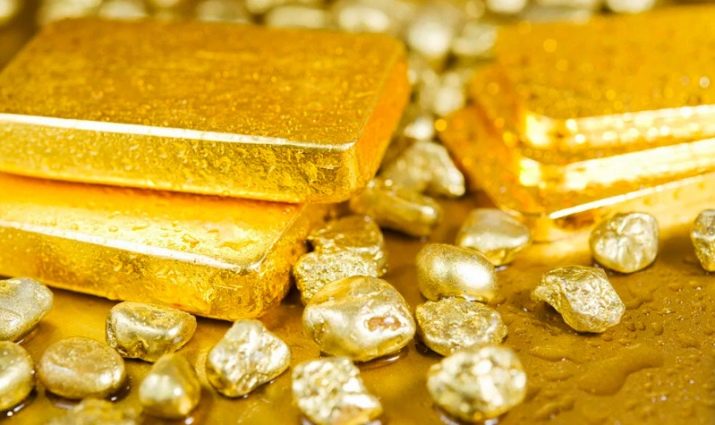
What metals are added to alloys?
When silver is added to gold, it becomes even softer, while the resulting color can be from light yellow with a hint of green to white. The higher the silver content in the alloy, the brighter the metal will be in the end.

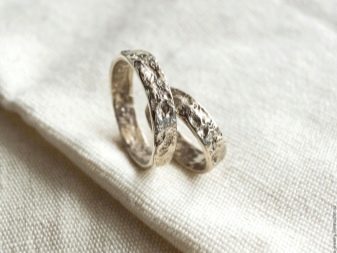
Very often copper is added to gold, which makes the metal harder and more wear resistant, however, depending on its concentration, it can give the gold a red tint. But it is very much appreciated.Gold mixed with copper is often called red.
As you know, copper can oxidize, and rust can occur on it. To avoid this, silver is also added to the alloy.
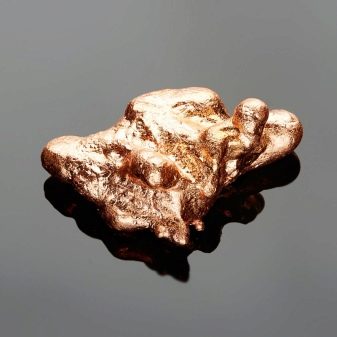

The presence of zinc and cadmiumusually makes gold more fragile. Such alloys are not used in jewelry.
Gold and Palladium Alloy allows you to get the white color of the metal, as well as preserve its ductility and basic properties.
Gold and nickel - such a ligature increases the hardness of gold and basic casting qualities, but at the same time the metal acquires a noticeable yellowish color.
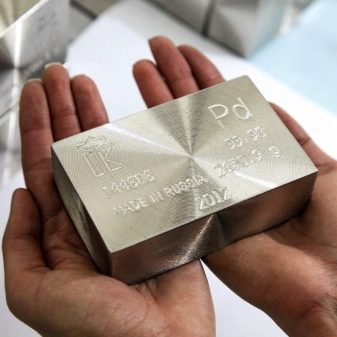
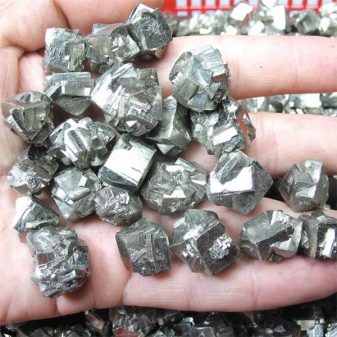
The alloy of gold and platinum is obtained with a touch of white. White is even richer than if palladium was mixed with gold. Such a ligature has high anti-corrosion properties, and therefore is in great demand.
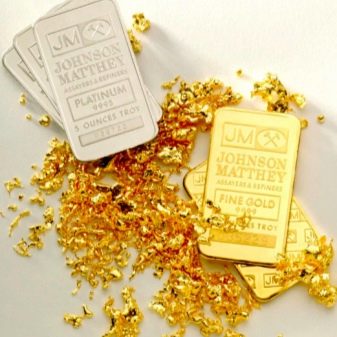
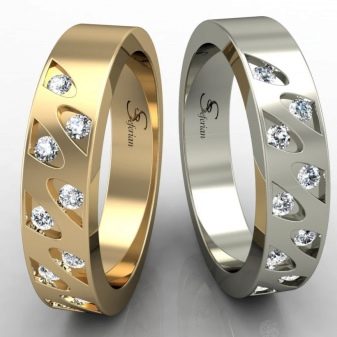
Ligature is known gold and titanium 4 times harder than pure titanium. Such an alloy is used mainly for medical purposes.
But the alloy of gold and aluminum in terms of external qualities is practically indistinguishable from pure goldbecause it has almost the same color. It is impossible to detect the alloy with the naked eye. Copper Alloy also difficult to distinguish in color from real gold. This alloy is called "French gold."
The choice of this or that additive depends on what goals are pursued by specialists in the future, as well as on what properties the final product should have.
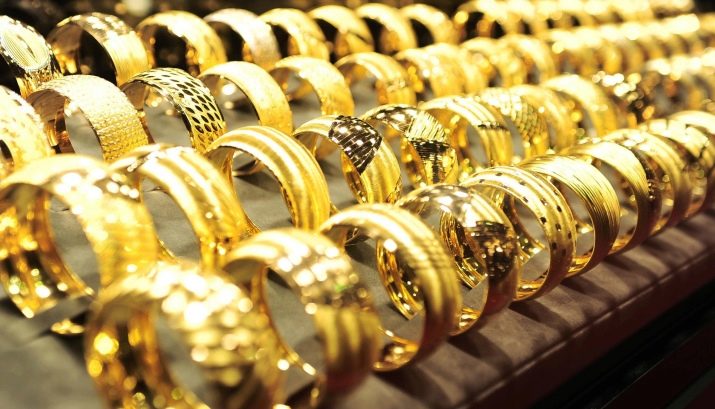
Scientists have also obtained alloys gold and iron but they proved that they rust very quickly, and therefore are not widely used. And there is no special need for them: iron in itself does not improve the properties of gold. However, in very rare cases, an alloy of the 750th test of gold and iron can be used, which has a bluish tint, but such a color is only superficial, it quickly erases, is also susceptible to corrosion and finds little approval among jewelers.
To obtain an expensive and luxurious shade of blue, steel, indium or gallium are added to gold. Depending on the metal and its proportions, the shade is more or less intense.



Colors
Despite the fact that everyone is accustomed to the fact that the color of gold is yellow, there are also other shades of it, depending on the impurities in the metal.
- Yellow. The classic version of gold jewelry is yellow and its shades. Typically, the 585th and 750th samples are used for this color.
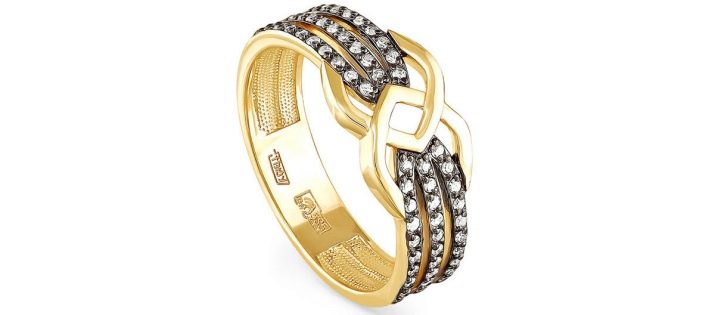
- Black Black tint of gold can be obtained in several ways. Most often, the metal is oxidized with cobalt, patinated or coated with rhodium, sometimes ruthenium.
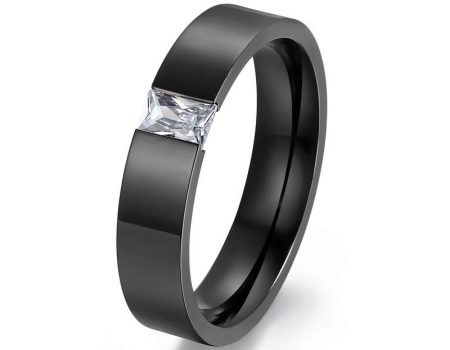
- White. This color of gold can be obtained by creating a variety of alloys - here, and palladium, and nickel, and platinum. The latter metal is now used extremely rarely, since the mixture is very refractory.
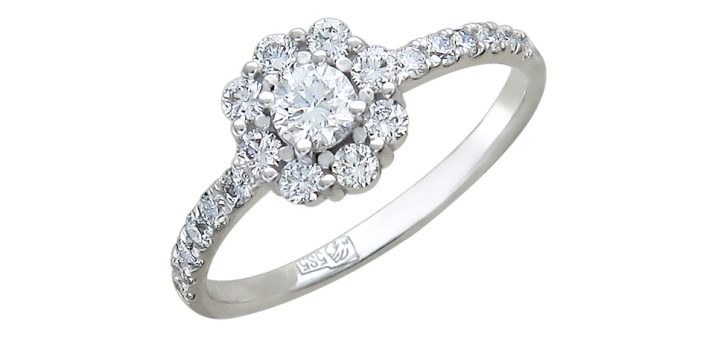
- Red. The redness of gold depends on how much copper is added to it. The intensity of the shade may be pink or rich yellow. The wide popularity of red metal is reflected in the creation of wedding rings.

As for other shades, there are such types of gold.
- Blue. It is considered unique and very rare, many do not even realize the existence of such a ligature.
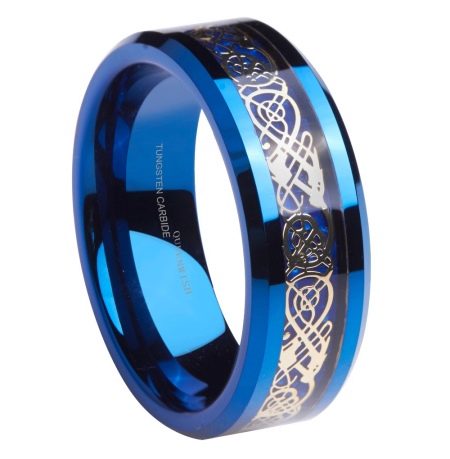
- Yellow green. This shade is obtained if silver or cadmium are added to it. It is not recommended to wear this kind of jewelry for a long time, as it is believed that they can adversely affect health due to their toxicity.
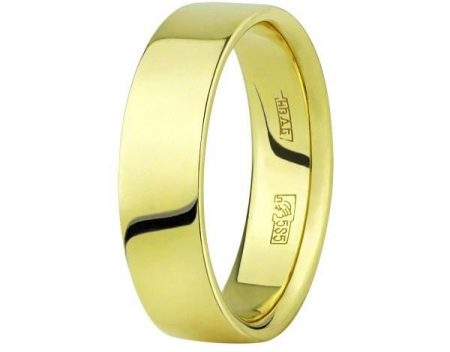
- Violet. For a long time, the creation of such a shade seemed something impossible. But it turned out that the violet tone is easy to obtain if aluminum and palladium are added to the gold in the correct ratio. In this case, the metal will be delicate and fragile, and therefore can only be used to decorate individual parts of jewelry.
Not everyone can afford to buy expensive gold jewelry, which is why imitation alloys are in great demand in the world.An example can also be a gilt decoration, which in external characteristics is very similar to the present. Also in high demand medical alloywhich is very similar to gold, but not made on its basis. It contains chromium, magnesium, nickel.

How are they made?
When creating gold alloys, much attention is paid to increasing the strength of the final metal, as well as lowering its melting point. After a special heat treatment of the alloy, it is reheated. Alloys are made in a special production under the strict supervision of specialists at each stage.


Marking
Marking is as follows:
- ZL - gold;
- H is nickel;
- Ts - zinc;
- PD - palladium;
- PL - platinum;
- CD - cadmium;
- SR - silver;
- C is lead;
- M is copper.
Next to these letters is a number that indicates the proportion of the content of a metal.
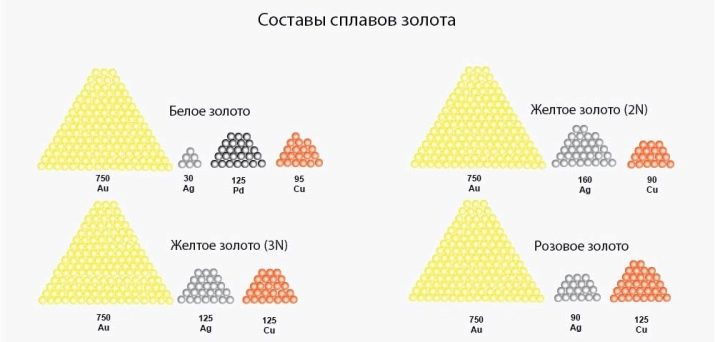
A sample is a quantitative gold content in an alloy. The following gold samples are known in accordance with state standards.
- 375. Includes 5 metals. Most often, copper is used in this alloy, but this does not mean that the jewelry will be completely copper, because there will be about 40% gold in it.
- 500. Most often, silver or copper are used as additional components.
- 585. 9 metals are mixed here. The most active gold of this test is used in jewelry production.
- 750. 10 elements. Gold in such a ligature is 75%, the metal can be polished, and therefore it shines for a long time.
- 958. This alloy contains about 96% pure gold, but it is rarely used because of its brittleness and softness.
- 999. It includes only one metal. It can be used to create the purest gold bars.

There is also a carat system provided exclusively for gold. It is used in the USA and European countries. According to her, 24 carats correspond to pure 100% gold.
But do not confuse them with the carats that measure precious stones.
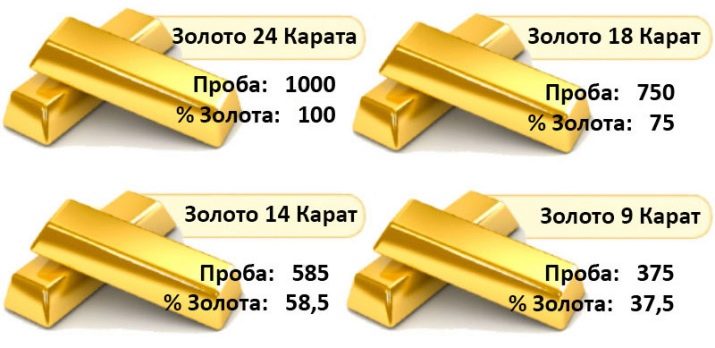
Gold items are always stamped with a breakdown. For branding in different countries of the world their own inscriptions and drawings are used. The stigma of Russian manufacturers looks like this: a lady in a kokoshnik who looks to the right, and next to her is the number of the sample to which the metal corresponds. The stigma is placed by the state assay control inspection.
For more information about gold samples, see the video below.
